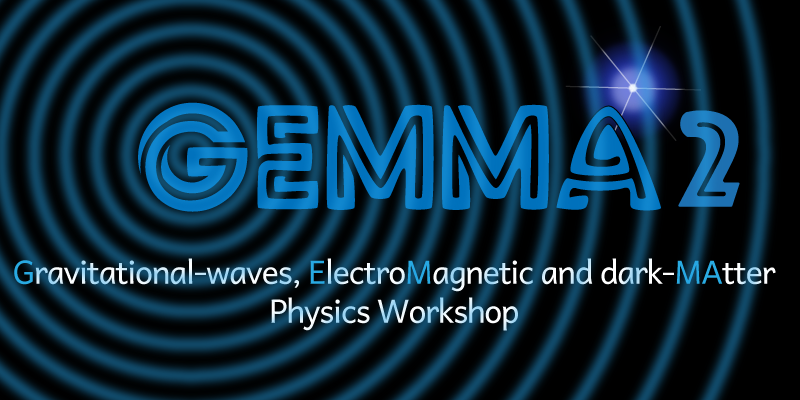Description
Continuous gravitational Waves (CWs) are among the highest priorities of the Gravitational-Wave community as their discovery will contribute to widen the comprehension of some of the most fascinating objects populating our Universe, such as non-axisymmetric and rapidly rotating neutron stars (pulsars). They are indeed expected to emit persistent quasi-monochromatic CWs. Within the sensitivity band of the Advanced LIGO-Virgo-KAGRA detectors, more than half of the known pulsars in our galaxy are in binary systems. The double-horn shape produced by the orbital motion of a neutron star orbiting a companion has been investigated in a wide search parameter space, and the orbitalparameter maximum uncertainties have been determined in all search dimensions using a band-sampled-data heterodyne-based framework. The most sensitive O3 LIGO-Virgo data has been analyzed in a few frequency ranges, i.e. [220-230] Hz, [77-78] Hz and [892-893] Hz to search for CWs from the low-mass X-ray binary Scorpius X-1, as well as from J1231-1411, J1802-2124 and J1514-4946, which are three close-by ATNF radio pulsars, in a 0.2 Hz range centered at twice their rotational frequency. No candidates have been found in any of the CW searches, and we proceeded to estimate the search sensitivity.

